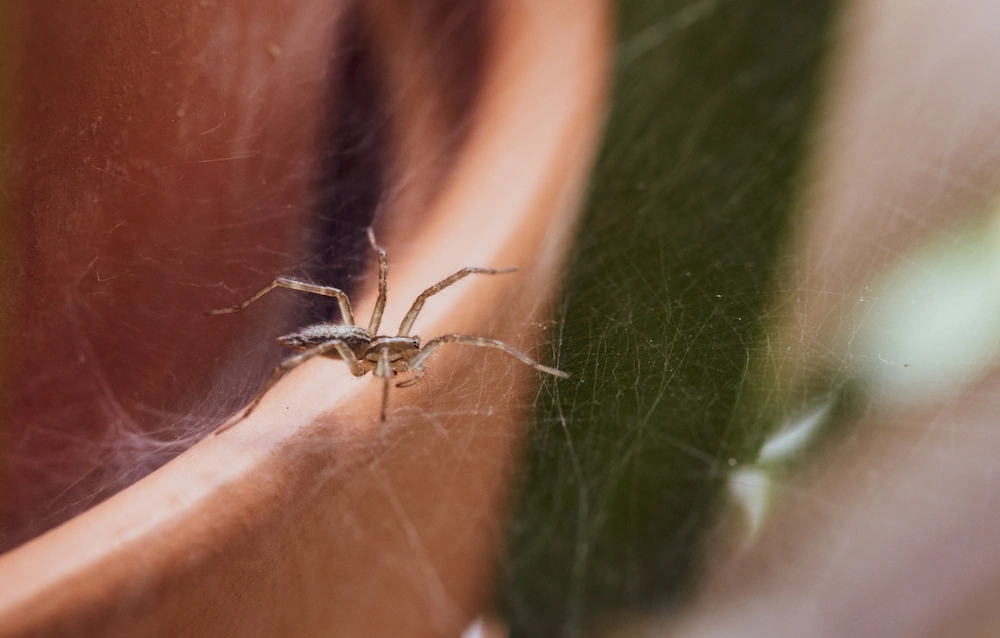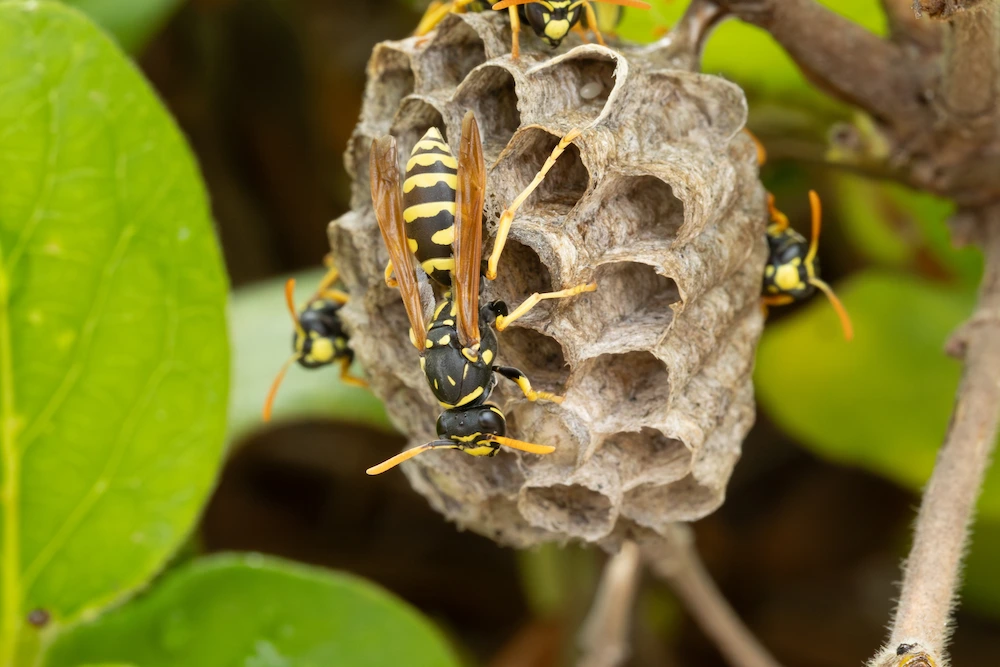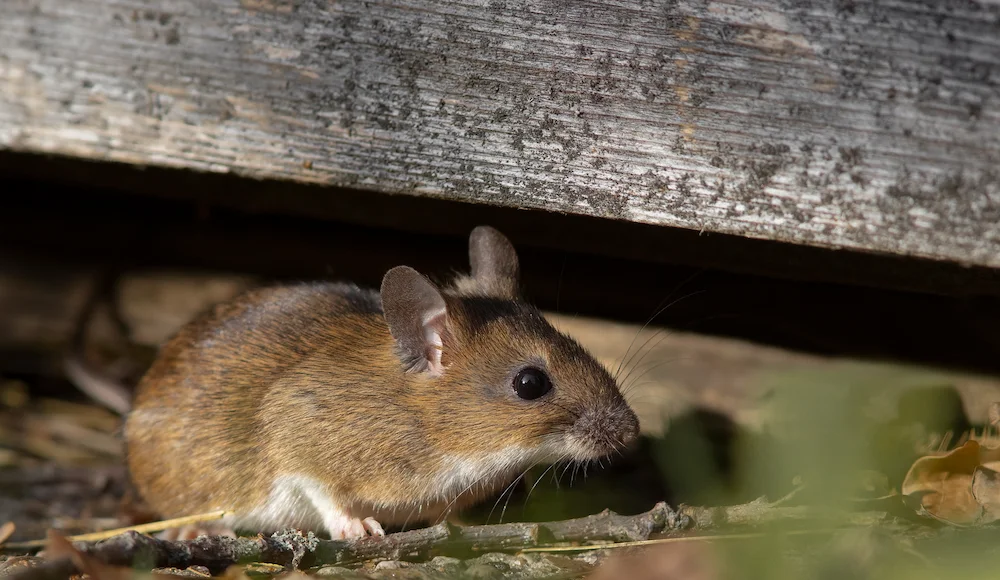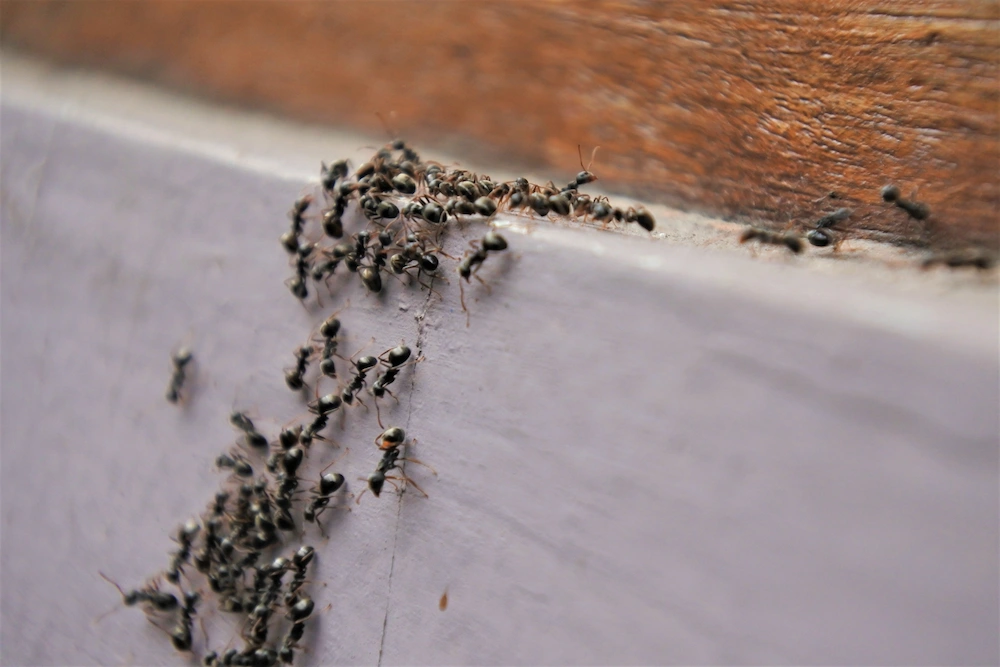Summer is Ending, But Pests are Still Going Strong
Summer is Ending, But Pests are Still Going Strong
Summary: Summer is coming to an end, but pests are still noticeably active. This blog explains the habits and current activities of the pests that are active in late summer. It also discusses the steps these pests take to prepare for fall and winter. Green Pest Services delivers efficient pest solutions.
It’s no secret that summer is the busiest pest season of the year. High temperatures give insects and spiders energy, which is why we see them searching for food at our outdoor parties.
Although summer is coming to an end, the number of possible pest problems is still high. That’s because pests don’t take a season off from bugging us. In fact, they’re gearing up to find a safe shelter (aka our homes) from the incoming cold.
Let’s learn how some of our most common pests enjoy the last days of summer and prepare for the upcoming fall, then see how you can prevent pests from ruining either of these fun seasons!
Late Summer Pests

The pests of late summer that are active right now are busier than ever. They’re taking advantage of the high temperatures, humidity, and outdoor activities. Pests use the energy they get from the heat to invade our outdoor gatherings because they’re drawn to human habitats.
There are a lot of pests that are still active, but these are the big hitters:
- Spiders — There are still many insects to eat, so spiders have a good reason to stick around (literally). They invade homes to stay cool while breeding and staying near their food sources.
- Ants — These social insects need a lot of food and water to sustain their colonies, so they’re still booked and busy. They also enjoy our homes as shelter from the heat.
- Ticks — Since people and pets are spending a lot of time outdoors, ticks still have many opportunities to feed. They don’t need to wait long for a new host to walk by.
- Stinging Insects — Their nests and colonies are massive at this point, thanks to the queens laying eggs all summer long. They don’t have as many food sources now, but we’ll get to that.
- Mosquitoes — Mosquitoes are only active in the warmer months (usually April through October), so females are laying eggs this fall that won’t hatch until next spring.
As long as the temperatures are high and the daylight hours are still plentiful, pests are here to stay. That leads us to talk about the angriest pests of the remaining weeks of summer…
The Sting of it All

Stinging pests are a major concern this time of year. They start becoming a problem in the spring, when the queens start their new nests and lay lots of eggs. The problems grow in tandem with the colonies throughout the summer until we reach the current point where there are thousands of insects in one colony.
In late summer, stinging insects are more aggressive than ever. The workers are busy preparing the queen for her overwintering experience and helping the rest of the colony survive until winter. This means they need to consistently gather a lot of food, which explains the aggression.
As plants turn brown and outdoor gatherings dwindle, stinging insects have fewer food sources. They are not happy about this fact, and they want to make sure everyone knows that. There are 3 main factors that come into play here:
- Stinging insects have massive colonies because the queens never stopped reproducing and the workers grew up.
- Stinging insects are desperate for safe food sources, so they swarm pet food bowls, full garbage cans, and fresh food offerings.
- People are still spending a lot of time outdoors at barbecues, lake days, baseball games, and other gatherings.
All of these combine to create the perfect storm that makes stinging insects feel like our greatest threat. They’re still pollinating plants, but this benefit can feel inconsequential when there’s a giant nest in your yard. Unsurprisingly, wasps and other stingers will continue to be angry throughout the fall, so get ready.
Fall Prep for Pests

With food sources starting to decline and the temperatures beginning to drop, pests are ready to prepare for the fall season. They’re working hard in the 11th hour to get ahead of the cold months. This is actually the best time for them to prepare for fall and winter because the days will be too cold and the daylight hours will be too few for pests to continue.
Basically, pests are searching for their 3 necessities — food, water, and shelter — to sustain the surviving members of their groups. If their search happens to lead them inside our homes, so be it. They are determined to make the most of the last warm days of the year. This is why we’ll continue to see a lot of pests until the weather truly cools off, usually in October.
Why are They Still So Busy?

If they’re preparing for the cooler months when most of them will die off anyway, why are pests still so busy? Long story short, this is a last-ditch effort before it’s autumn. It’s still hot outside and pests need to make sure their species will survive the coldest months. That involves a lot of prep work when pests still have the numbers to do it all.
Insects and spiders still have a lot of energy because they are ectothermic, or cold-blooded. Their energy levels vary with their environments. That’s why they’re busy when it’s hot and go into diapause (hibernation) or die off when it’s cold.
Their search for shelter from the heat will soon turn into a search for shelter from the cold. Either way, our homes are very appealing to invasive pests. Their desperation to invade houses and buildings is another key reason why pests seem especially active now.
Different pests have different motivations and methods for getting inside:
- Roaches and termites are drawn to excessive moisture. Roaches gather in damp and dark areas, while termites prefer moisture-damaged wood.
- Fleas and ticks can hitchhike indoors on their new hosts. Our animals still spend a lot of time outside, so there’s a risk of picking up some bloodthirsty pests.
- Spiders want to stay cool while they hunt or trap their prey, so they want to stay indoors when possible. They continue breeding in the fall if they’re in a safe shelter.
Want to know the secret to keeping your home pest-free? It’s all in the chores!
How to Prevent Late Summer Pests

We don’t know about you, but all of this talk about pest activity makes us want to fortify our homes against these creepy crawlies. Luckily, effective pest prevention is mostly about keeping a tidy home and doing basic chores. It’s not rocket science, but it does take a bit of effort.
Our top tips for preventing pests in late summer and early fall are:
- Seal entry points: Keep pests out in every season by sealing all cracks and gaps in the house with caulk. If the gap is bigger, stuff it with steel wool before lining it with caulk. Check your window/door screens and weatherstripping for rips and replace any loose ones.
- Store all food properly: Rodents, ants, and pantry pests easily get through flimsy packaging. Transfer all pantry essentials (cereal, baking ingredients, crackers, nuts, dried fruit, etc.) into airtight containers. Also, store your pet’s dry food in a lidded container.
- Clear out the gutters: Clogged gutters and downspouts attract mosquitoes, rodents, and ants. Remove leaves and natural debris with your hands (while wearing utility gloves) or a shop vacuum. Consider installing gutter guards to prevent this issue.
- Check for bed bugs: As you enjoy your late summer travels, make sure you aren’t bringing home any bed bugs! Inspect your suitcases, bags, blankets, and clothing before packing to go home. If you find any bugs, wash and dry the items on the highest heat to kill the bugs.
- Get nests and webs removed: Wasps, hornets, and yellow jackets will continue to build their nests when left alone. Spiders have a similar mindset. Contact your local pest control to remove stinging insects, and use a duster or de-webber to remove spiderwebs.
- Clean up the yard: An overgrown yard hides pests, like ticks and ants, more easily than a tidy yard. Do your regular yard chores on a consistent basis to keep it under control. Mowing the lawn, pruning the shrubs, and removing stagnant water are the most important.
- Solve pest problems: Similar to the earlier tip about nest and web removal, solving pest issues ASAP keeps your home not only pest-free, but also spider-free. Contact your local pest control for immediate service at the first signs of a pest problem.
Summer into Fall, Green Covers It All!
Summer is known as the most active season for pests, but that doesn’t mean they magically go away in the cooler months. Pest prevention is essential in every season. That’s why Pointe Pest Control provides year-round protection from invasive pests! The key to efficient pest prevention is consistent monitoring and treatments, which Pointe provides.
Our top priority is always complete customer satisfaction. We take pride in keeping local homes and businesses pest-free, so we strive to solve every pest issue as efficiently and safely as possible. Contact us for a free quote on our reliable pest control services today!
Citations
Harney, C. (2024, August 28). The 5 standard pests of late summer. Pointe Pest Control. Available at https://pointepest.com/the-5-standard-pests-of-late-summer/ (Accessed on August 14, 2025).
Summer is Ending, But Pests are Still Going Strong
Summer is Ending, But Pests are Still Going Strong Summer is Ending, But Pests are Still Going Strong Summary: Summer is coming to [...]
10 Tips for Going Back to School Pest-Free
10 Tips for Going Back to School Pest-Free 10 Tips for Going Back to School Pest-Free Summary: The school year is a busy [...]
What is Bug Spray, Really?
What is Bug Spray, Really? What is Bug Spray, Really? Summary: Bug spray is a great tool for preventing pests during outdoor activities, [...]
The Various Personalities of Stinging Pests
The Various Personalities of 5 Stinging Pests The Various Personalities of 5 Stinging Pests Summary: Stinging insects are among the most common summer [...]
8 Creative Ways to Have a Pest-Free Fourth of July
8 Creative Ways to Have a Pest-Free Fourth of July 8 Creative Ways to Have a Pest-Free Fourth of July Summary: The Fourth [...]
A Simple Guide to Preventing Stinging Pests
A Simple Guide to Preventing Stinging Pests A Simple Guide to Preventing Stinging Pests Summary: Stinging insects are more active in warm weather, [...]

